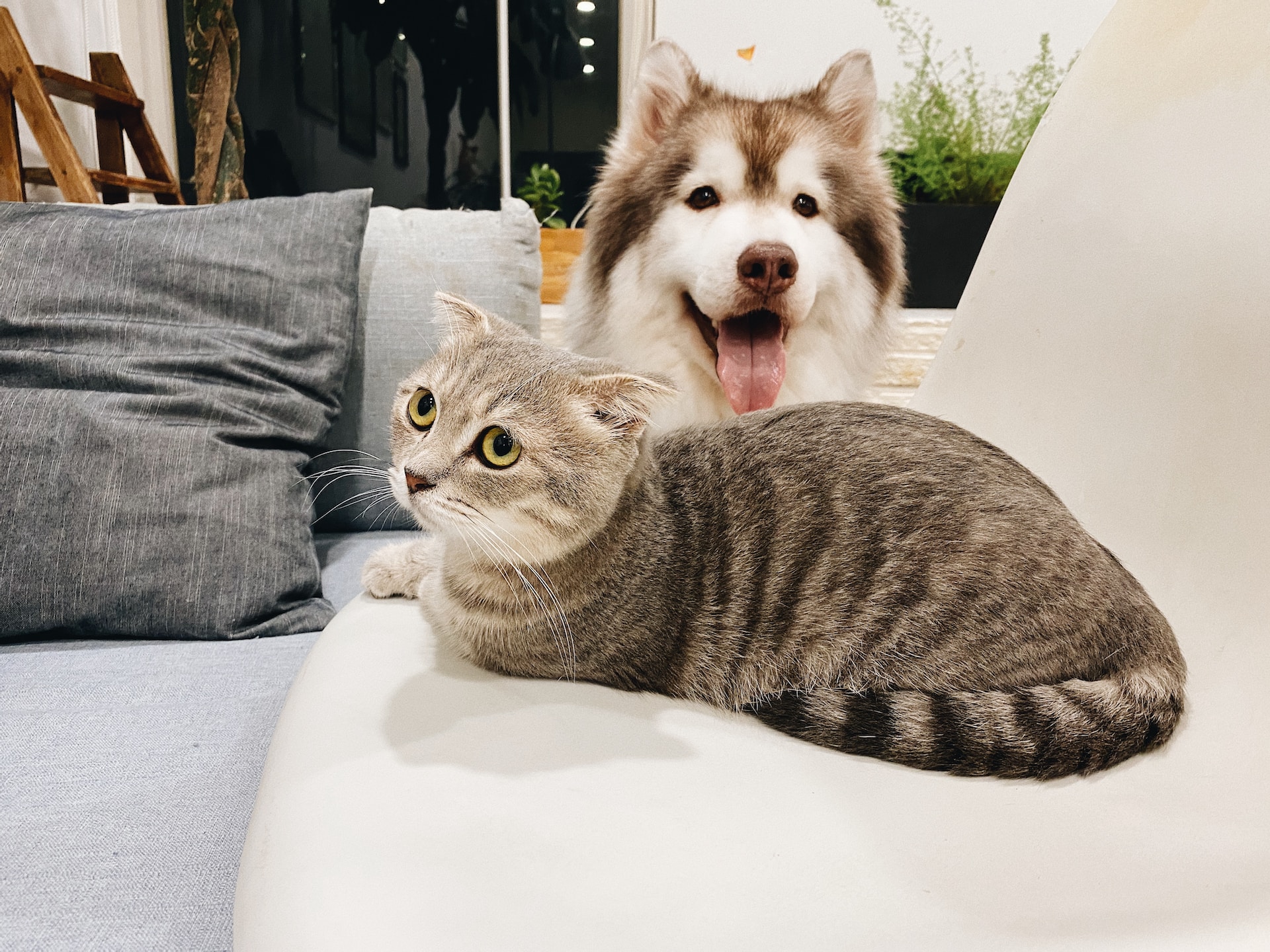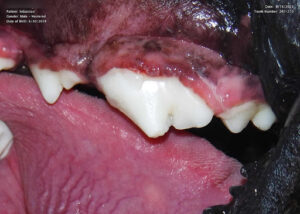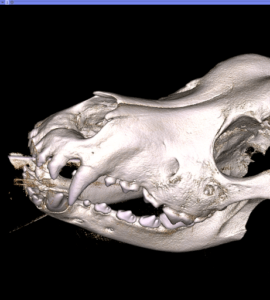
On the surface, anesthetic-free dental cleanings might appear as an attractive alternative, eliminating the risks related to anesthesia and being pocket-friendly. The procedure entails holding the pet in place while eradicating visible tartar and plaque from the teeth, often resulting in a superficial improvement in the pet’s dental appearance. However, this superficial remedy brings along an array of considerable drawbacks.
Highlighting the Major Flaws of Anesthetic-Free Dental Cleanings
Superficial Cleaning: A Deceptive Appearance
Anesthetic-free cleanings often create a facade of clean, healthy teeth as they focus on eradicating visible plaque and tartar. Regrettably, this approach is only cosmetic, concealing potential dental ailments lurking beneath the gum line, a region this technique fails to cater to adequately.
Potential Discomfort and Risk of Injuries
The procedure demands the physical restraint of the pet, potentially inflicting significant stress and discomfort. Moreover, it elevates the risk of injuries, putting both the pet and the individual executing the cleaning at the peril of sustaining wounds like bites and scratches.
Deficient Dental Examination
This technique bypasses a pivotal component of dental care: a thorough oral examination. In the absence of anesthesia, conducting detailed assessments, including essential X-rays that can pinpoint underlying issues before escalating into severe health dilemmas, is unfeasible. At Carefree Dentistry & Oral Surgery for Animals, we emphasize the necessity of thorough imaging (X-rays and Cone Beam Computed Tomography (CBCT)) to prevent hidden issues that remain unnoticed during non-anesthetic cleanings. The presented case vividly showcases the importance of comprehensive imaging, which is unachievable without anesthesia.

A seemingly normal tooth with a minor chip.

Highlighted areas indicate bone erosion due to a tooth abscess, causing immense pain.
The mentioned case illuminates the critical need for X-rays and CBCT. This tooth-harbored infection adversely affects the dog’s health and induces significant pain. We encounter such cases at Carefree Dental & Oral Surgery for Animals frequently, demonstrating the inadequacy of non-anesthetic dental cleanings. FYI, we did save this tooth by performing root canal therapy.
Expert Perspectives: A Unified Warning
American Veterinary Dental College’s (AVDC) Advisory
The AVDC has firmly indicated that anesthetic-free dental cleanings could be more detrimental than beneficial. They accentuate that this method provides merely a cosmetic remedy, leaving the pet vulnerable to unnoticed and untreated underlying dental issues. Visit AVDC’s website to learn more about their stance advocating for safe, pain-free, and comprehensive dental examinations and cleanings facilitated by anesthesia.
Views of the American Animal Hospital Association (AAHA) and the American Veterinary Medical Association (AVMA)
The AAHA and AVMA voice parallel concerns, emphasizing the need for a holistic approach to dental care, including detailed examinations and under-the-gum-line cleanings, possible only through anesthesia.
A Visual Exploration
For an eyewitness account of the procedure and its associated hazards, consider watching this informative YouTube video, which vividly depicts the tangible drawbacks of anesthetic-free dental cleanings.
Upholding Your Pet’s Health and Welfare
In conclusion, while anesthetic-free dental cleanings might appear as a viable option initially, acknowledging their substantial drawbacks is vital. Pet owners should be wary of the likelihood of missing hidden health issues, an elevated risk of injuries, and a superficial cleaning process.
The specialists at Carefree Dental & Oral Surgery for Animals assert that opting for non-anesthetic dental cleanings could be graver than avoiding dental cleanings altogether. This approach fosters a false sense of security among pet owners, leading to devastating outcomes like severe tooth loss, which could have been circumvented through proper dental assessments and cleanings. To delve deeper into the advancements making veterinary anesthesia safer than ever, read our article Fear of Anesthesia
Images used under creative commons license – commercial use (11/29/2023). Photo by Tran Mau Tri Tam on Unsplash
